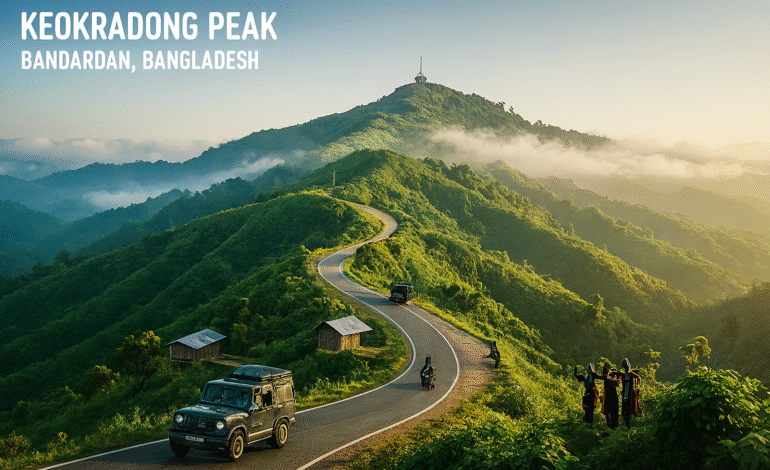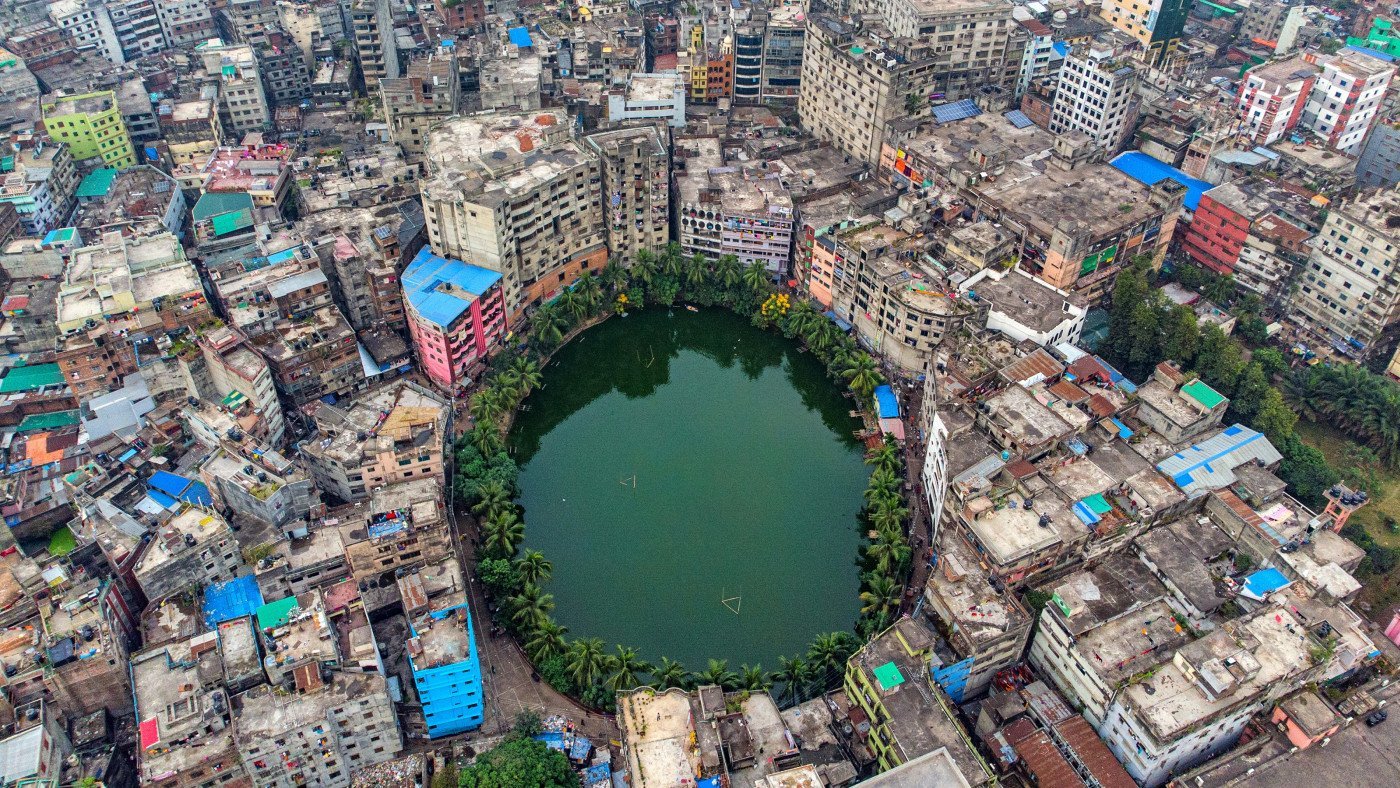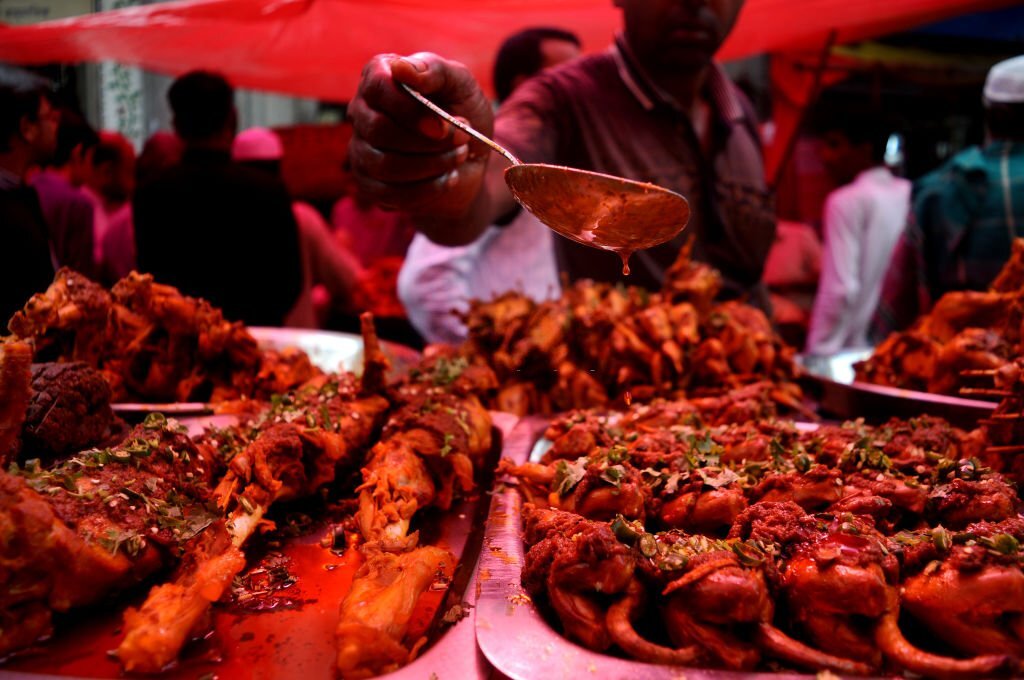Keokradong Welcomes Tourists after 3 Year Closure

Keokradong Reopens with New Road
After a long hiatus, Keokradong—one of Bangladesh’s highest and most scenic peaks—has reopened to tourists with a newly constructed motorable road, ending a three-year closure due to security concerns. Starting 1 October 2025, travelers can once again drive to the summit, making access far easier while revitalizing tourism in the region.
The Long Wait & Its End
Keokradong was closed in October 2022 following escalating security concerns in Bandarban’s hill regions. For years, visitors could only travel up to Boga Lake by trek; the final stretch to the peak required an arduous 3–4 hour hike. Authorities eventually reviewed the security situation and decided to lift the ban, allowing full access including the new road.
In the first 18 months after reopening the hill tourist center, some access was restored, but full access to the peak was only resumed in 2025. On reopening day, more than 800 visitors were reported to have climbed Keokradong, many arriving via vehicles.
A New Motorable Route to the Top
What makes this reopening especially significant is the new motorable road up to the peak. This road eliminates the need for the steep trek from Boga Lake that previously deterred many potential visitors. Tourists are now reaching the summit in vehicles such as Land Cruisers, chander gari (local open-roof vehicles), and motorbikes.
Among those arriving, biker groups were notably numerous—with packs of 10, 20, or even 50 riders making the trip. This motorable access is expected to change the nature of visits—making day trips more feasible and reducing strain on trekkers’ stamina.
Location, Significance & Geography
Keokradong lies in Ruma Upazila’s Remakri Pransa Union, approximately 76 km from Bandarban town. Standing at 4,330 feet above sea level, it is now officially considered the second-highest peak in Bangladesh after Tajingdong.
Its surroundings include steep hills, dense forest, and vivid panoramas of Bandarban’s hill landscapes. The route to Keokradong includes passing through Boga Lake, which itself is a scenic attraction, often serving as the last point accessible by road in past years. Visitors may now choose whether to stay overnight or do it as a day tour given the new ease of access.
Rules, Fees & Tourist Regulation
Because revamped access brings higher visitor numbers, local authorities have put in place certain protocols. All visitors must register at the army checkpoint in the garrison, submitting personal information and paying Tk 50. The registration must also be submitted to the local police station and army camps at both Boga Lake and Keokradong.
A registered guide is mandatory: one for every six bikers or 14 general tourists. The guide’s fee is Tk 700 per day up to Boga Lake, and Tk 1,000 up to Keokradong (excluding lodging/food).
The local chander gari owners’ cooperative has fixed transport costs. For example:
Ruma to Boga Lake: Tk 2,700 (one-way), Tk 3,700 (return)
To Keokradong: Tk 5,000 (one-way), Tk 7,000 (round trip)
Motorcycle fares: Tk 1,000 (Boga Lake) and Tk 2,000 (Keokradong, round trip)
The Impact on Local Tourism & Economy
The reopening of Keokradong with motorable access holds the potential for a tourism revival in Bandarban. Local guide associations, dormitories, eateries, and homestays are all preparing for increased demand. The convenience of reaching the peak by car may attract families, elderly visitors, and casual tourists who previously avoided the trek.
The initial day saw a surge in visitors, giving a boost to local businesses. Tour operators and vehicle owners reported long queues, and many guide services were booked out quickly. The reopening was timed before Durga Puja and Buddhist Purnima holidays, when holidaymakers are more likely to travel.
Festive rallies accompanied the reopening. In Bandarban town, the district administration released balloons while tourist vehicles left around 9 a.m. for the hills.
Concerns, Sustainability & Preservation
While motorable access brings many benefits, it also raises concerns. Increased vehicle traffic may lead to erosion, road damage, littering, and environmental stress in fragile hill ecosystems. Proper maintenance and regulation will be critical.
Security remains a consideration: the region had been closed due to anti-terror operations. Although authorities have reassured visitors, maintaining safety is vital for sustained tourism.
Environmental safeguards should accompany access improvements, including controlled vehicle numbers, strict waste management, and habitat protection for local flora and fauna.
What to Expect as a Tourist
With Keokradong reopened, travelers have more flexibility. Some may attempt a day tour from Bandarban, while others may opt to stay overnight in the hills or at Boga Lake. Nighttime views, sunrise and sunset, cloud seas, and star-filled skies above the peak are among the marquee attractions.
Visiting time: ideal during October to March, when the skies are clearer and monsoon effects subside. Before heading up, tourists are advised to confirm guide availability, road condition, and registration procedures.
The New Chapter for Keokradong
Keokradong’s reopening marks a new chapter—not merely restoring access but transforming how people experience this majestic hill. What once demanded a strenuous trek can now be approached by vehicle, making the peak accessible to wider audiences while retaining its mystique.
If managed wisely, Keokradong could become a signature tourism icon of Bangladesh, combining beauty, accessibility, and culture. As vehicles now climb the ridge that once only climbers tread, the hill welcomes back old admirers and new ones alike.







